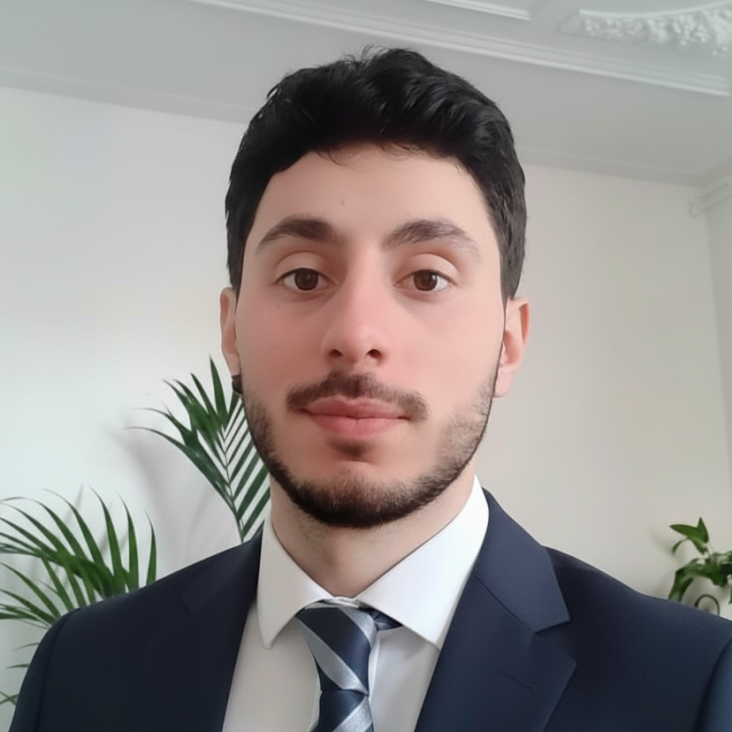Research Interests
I am a Royal Society Newton International Fellow working in astrostatistics and astroinformatics. I am part of Prof. Stephen Smartt’s group, focusing on end-to-end processing for wide-field, time-domain optical surveys.
I develop methods and tools that turn raw astronomical images into science-ready products— from calibration and astrometry through reliable object detection, classification, and cross-matching to alerting and spectral analysis. I work primarily with data from MeerLICHT, BlackGEM, ATLAS, and Pan-STARRS, and I contribute to the Lasair broker, which will provide community access to alerts from the Rubin Observatory’s Legacy Survey of Space and Time (LSST).
Current Projects
Satellite trails in survey imaging (ASTA).
I lead ASTA, an automated system that detects and characterises satellite trails in wide-field optical images. Trained on annotated MeerLICHT data and refined with a Probabilistic Hough Transform, ASTA produces pixel-level masks that flag trail-affected regions so source detection, alerting and photometry avoid spurious measurements. We have run ASTA on about 200,000 full-field MeerLICHT images and are analysing five years of MeerLICHT/BlackGEM observations to quantify how often satellites pass over the telescopes and when and where they affect survey operations.
Spectral analysis at scale (SNID-SAGE).
After an astronomical transient (e.g. a supernova) is detected in survey imaging, the next critical step is spectroscopy to determine its type and redshift. To support that stage, I develop and maintain SNID-SAGE, a modern Python toolkit for spectral analysis built on the classic SNID cross-correlation method, extending it with an interactive UI, clustering-aided classification suggestions and LLM-assisted workflows.
Large language models for survey automation.
I’m studying how multimodal LLMs can replace or complement CNN-based stages in survey pipelines—real–bogus filtering in difference imaging, light curve analysis, and spectra characterisation—by producing human-readable textual outputs and structured suggestions rather than only binary scores. The aim is interpretable, auditable outputs that plug into alert brokers and follow-up workflows, improving classification and documentation across surveys.


